NEW invasive plant confirmed in Burlington
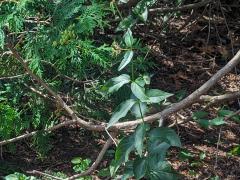
Pale swallowwort was confirmed in the state for the first time.

Pale swallowwort was confirmed in the state for the first time.
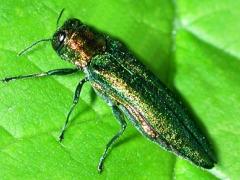
An international team of researchers has designed decoys that mimic female emerald ash borer beetles and successfully entice male emerald ash borers to land on them in an attempt to mate, only to be electrocuted and killed by high-voltage current.

Beech leaf disease (BLD) community awareness meeting held in Brattleboro on October 10, 2025. State of Vermont plant and wildlife experts and local forestry specialists presented currently available information and best practices for mitigating the impacts of this forest disease, and answered questions from community members. Video recording made possible by Brattleboro Community TV.
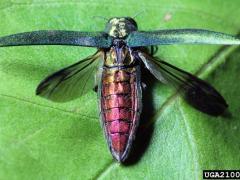
Administrative Order Clarifies the Movement of Ash Logs and Firewood to Minimize the Spread of EAB

You may have heard folks around Vermont using the term "introduced" species interchangeably with the conventional terminology of "invasive" species. This may be due to a conversation happening at many levels about the language and framing of ideas used in the field of invasion ecology. Because language has the power to shape public attitudes and behaviors, the Plant Health Team at Vermont's Agency of Agriculture is adopting more accurate, neutral, and respectful language to better reflect the complexities of species introductions and avoid reinforcing harmful stereotypes.
If you’ve walked along roadsides, trails, or riverbanks in Vermont lately, you may have noticed tall plants with large clusters of white flowers towering overhead. While impressive in size and appearance, not all of these plants are created equal. Two species in particular—cow parsnip (Heracleum maximum) and giant hogweed (Heracleum mantegazzianum)—often get mistaken for one another.
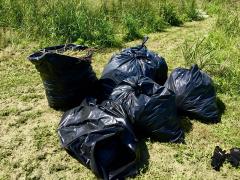
Managing invasive plants is an important part of caring for our landscapes, whether you're maintaining a backyard, forest, or park. Once you've taken the time to remove these plants, it's just as important to dispose of the plant material properly to avoid accidental spread.
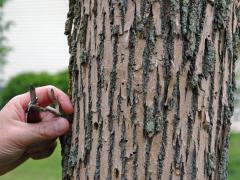
Emerald ash borer (EAB) is now established in many parts of Vermont, and communities across the state are seeing the impacts—especially declining or dying ash trees. Without intervention, EAB will kill the vast majority of ash. However, when detected early, there are effective ways to protect individual trees.

As gardening season gets underway, Vermonters are encouraged to inspect plants and outdoor items for signs of the spotted lanternfly, an agricultural pest not currently established in Vermont.

VTinvasives.org is being updated to improve user experience and provide the most useful and relevant information on invasive plants and pests. This survey will help determine which resources are most valuable and where improvements are needed. Please take a few minutes to share your feedback—your input is essential in shaping the updates that will be made to the site. The survey has 6 questions and should take less than 5 minutes to complete.